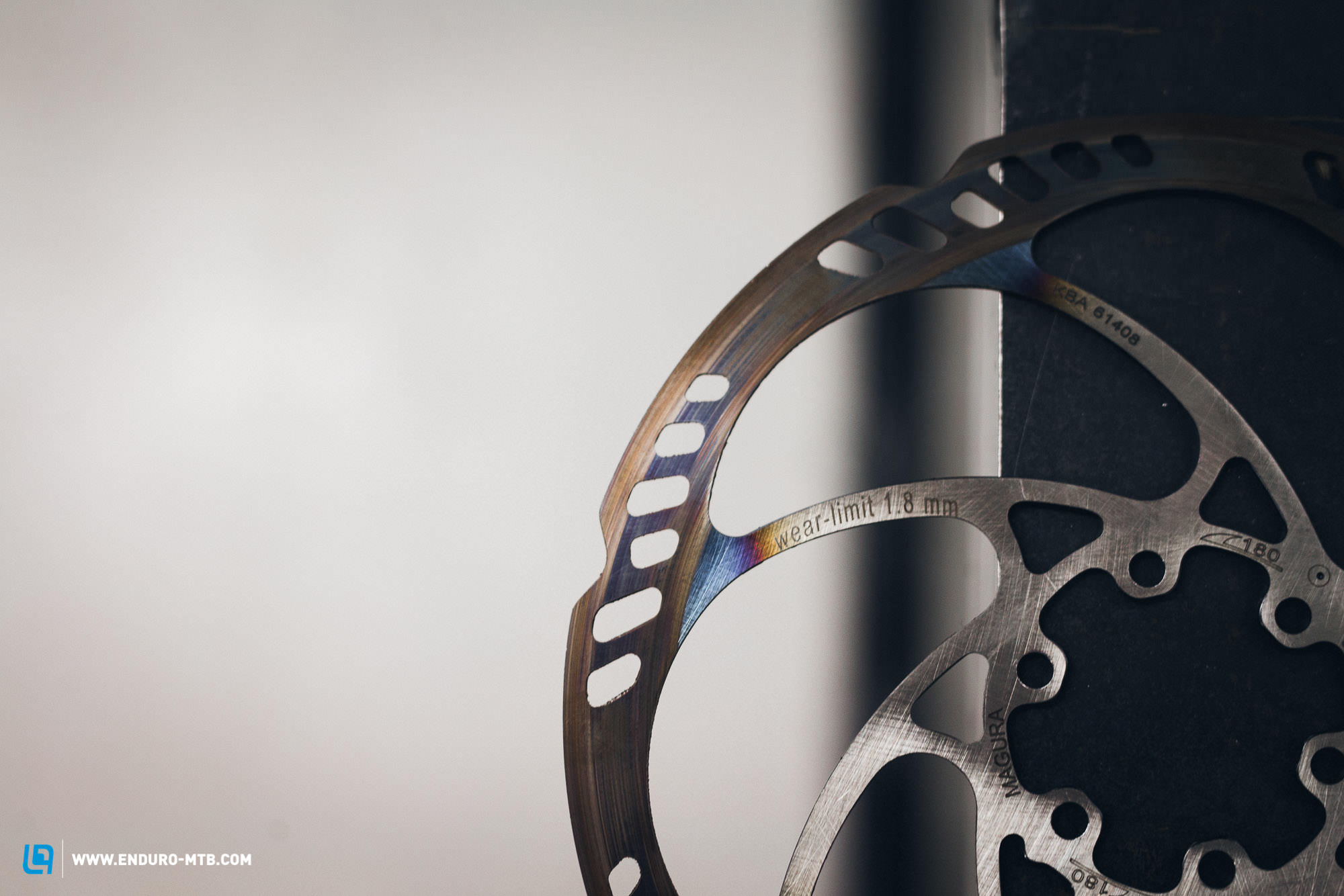That brings up an interesting point.
There is no argument that the front tire does most of the work actually slowing us down when we ride. But, does it need to be the most forceful brake? I guess technically if you could have a rear brake that was lower power, and was much more resistant to overheating then I'd agree that you technically need more power on the front. But since most people (not you though as I notice

) run the same brake caliper front and back, so the only way to adjust heat capacity in the rear is by adjusting pads, or rotor size, both of which affect power as well.
And if you're making sure the front brake is more powerful with a larger rotor in the front while keeping the rear beefy enough to not overheat, then it seems like the same issues with jumping up rotor size in the rear, would also apply to the front. Although, instead of skidding for a moment, you're probably more likely to eject yourself out the front door, or wash out the front tire. I get that the front tire should theoretically have more traction due to weight transfer, but locking it up easier doesn't necessarily seem super desireable either (especially with less than perfect traction).
That said, I'd totally agree that you need to have enough braking force on the front to get the maximum stopping power available in any given situation (basically enough to break traction on whatever surface you're on). Thats why even people that advocate larger rear rotors, aren't saying to severly undersize the front rotor (like 140mm front, 220mm rear or something wacky like that). I'd assume that most people discussing what braking is "best" are running at least a 180mm or larger on the front either way. And, honestly, most 4 piston brakes these days have enough power on those size rotors to throw most anyone over the bars with just an enthusiastic squeeze of a single finger.
For what its worth, I also agree that the larger rotors do have more braking force, and thus is technically/theoretically harder to modulate. So I'd say the larger rear rotor setup works better with brakes with more modulation, rather than less. I personally run a set of TRP Quadiems (definitely on the "modulation" side of the braking spectrum). Luckily though, I feel that "most" people seem to be able to adjust to changes in their braking setups pretty well.
Finally, like you/others have said, a lot of that is kind of academic at this point. Because I'd say that while there are differences in opinion on what is the absolute best... I really doubt that anyone would ever say that 203mm rotors front and rear for someone who is 260lbs +, isn't overkill by almost any definition. As long as everything is working fine for someones personal riding area/riding style, then honestly who cares

.





